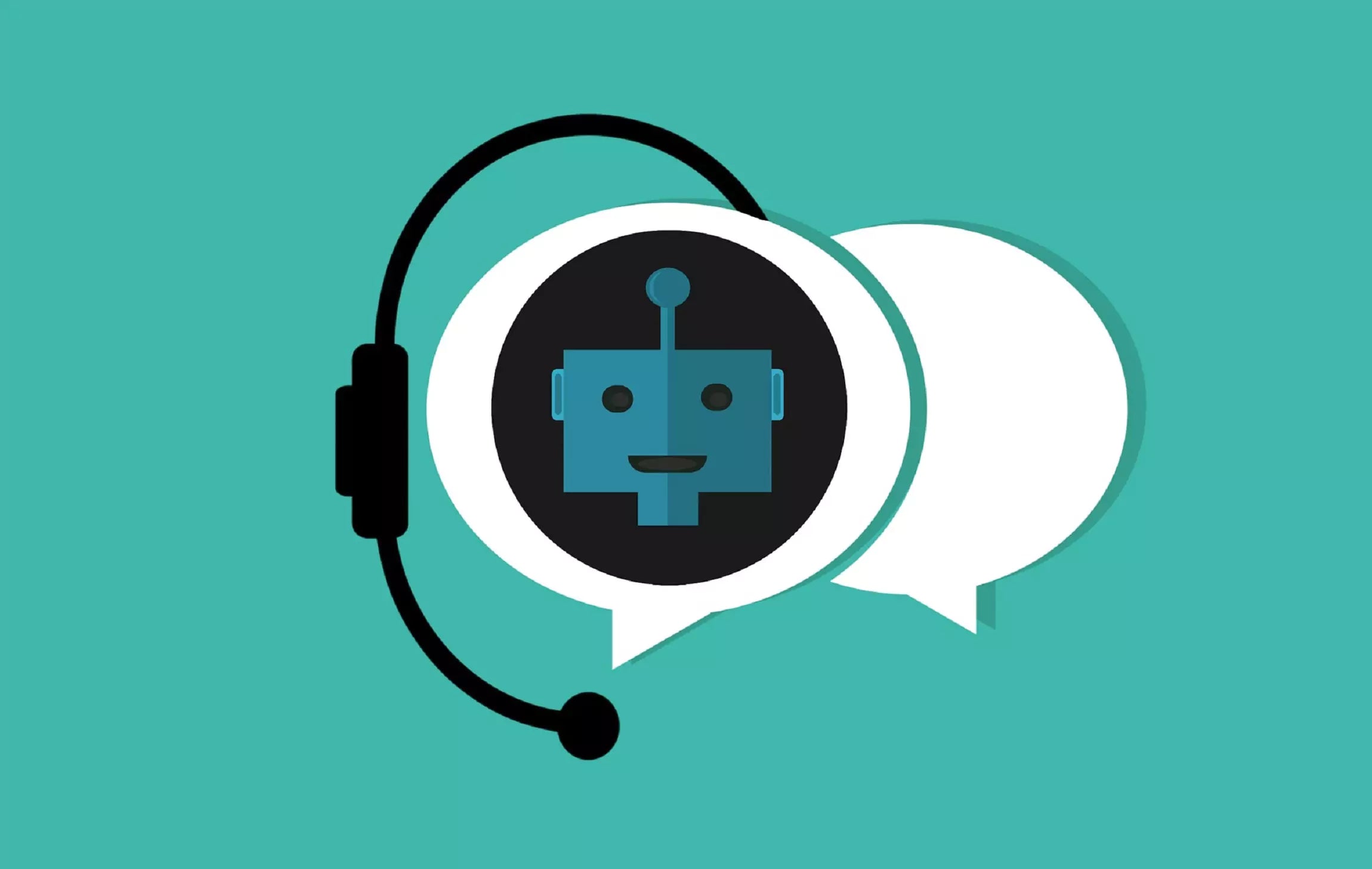Gpt3 chat and school, artificial intelligence for studying

Since its introduction just a few months ago, Chat GPT3 seems to have changed the world, bringing solutions in every field. One of many is the interaction between Chat Gpt3 and school, a very interesting sector for students and teachers but which also risks creating many problems.
AI artificial intelligence for study
Modern AI solutions ( Chat GPT3 and all others) can really be of great help to students. Software interfaces that base their work on a huge amount of data can simplify students' work.
However, like all "automatic" solutions, they must be used correctly, as a study support and not as a replacement for it.
But before finding out what Chat GPT3 can do for schools, let's go back to the basics of artificial intelligence for a moment.
What is GPT chat?
ChatGPT is a language model developed by OpenAI that uses artificial intelligence to answer user questions autonomously.
Present on the web but any user for a few months, Chat GPT supports more than 20 languages and through an interface based on text strings, which allow questions and answers in a conversational manner, it can help in many fields.
Chat GPT is a complete database that can draw from the internet and give correct answers, both from the point of view of grammar and content.
This AI (artificial intelligence) was created by OpenAI, a non-profit research organization that focuses on artificial intelligence and its impact on society.
It is important to remember that Chat GTP is not directly connected to the Internet, therefore it does not have updated information (the latest information uploaded from the network to Chat GPT3 dates back to 2020).
Gpt3 Chat and other AI

There are many other AI models besides Chat Gpt 3. Some examples are:
IBM Watson: Used for multiple purposes, including medical diagnostics, language translation, and data analysis.
Google BERT: Used for natural language processing and language understanding.
Amazon Alexa: Used as a virtual assistant to control smart home devices and answer user questions.
These are just a few examples, but there are many other AIs performing multiple tasks in many different industries.
Gpt3 chat and school, how AI can help
ChatGPT can help in education in several ways, for example:
These are just a few examples, but the use of ChatGPT in a school setting can be very versatile and flexible, depending on the needs of students and teachers.

What can't Chat Gpt 3 do?
ChatGPT is capable of processing information very thoroughly. As a language model trained on large amounts of text, it is capable of understanding and analyzing many different pieces of information and generating detailed and accurate answers.
This in-depth processing capability makes it useful for many different applications, not only in education, but also in business, medical, legal, and many other settings.
However, it is important to keep in mind that ChatGPT is only an AI model and cannot understand context or emotional nuances in a similar way to a human.
In addition to sporadic grammatical errors, in many contexts Chat GPT3 presents texts that are artificial and not very "common" in everyday life. It often tends to compile very long and redundant sentences, especially when you don't give precise and detailed instructions to the search engine.
This writing model is not very "natural" and, added to the possible difference compared to the student's classic writing style, could be easily recognisable.
In addition to recognition by an "external eye", a text produced by one algorithm can also be recognized by another algorithm.
Various software and applications already exist on the Internet which can automatically, as well as for plagiarism, verify the origin and originality of the text.
Artificial intelligence: how to use it for studying, research and summaries for school

How can Chat Gpt 3 help students and teachers with their studies?
We asked Artificial Intelligence itself, here is its answer:
There are therefore many and varied activities that can be carried out with the help of artificial intelligence.
What is crucial is how it will be used, as long as it remains a student support tool it can be a great help for the student. If, however, it were to replace the student's effort and understanding, the effect would probably be deleterious and counterproductive in the long term.
Certainly, albeit in this embryonic version, AI is already demonstrating its usefulness and presence in the world of work and study.
A presence that we will have to get used to, as it will probably be increasingly "present".
In our opinion, schools should therefore understand it and introduce it into their teaching cycle, without seeing it only as an enemy or a possible shortcut for students.







